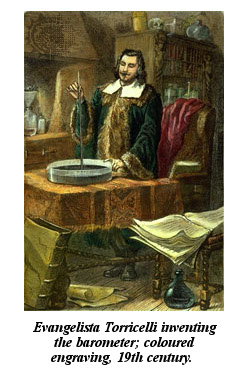 Why are science fairs important? What makes the science fair process valuable? It’s an excellent question and a good way to start a class discussion about this time-honored tradition. First and foremost, why DO we ask our students to work on a science fair project year after year? The answer, in a nutshell, is to help them learn how to think like scientists. Scientists find answers to questions that interest them. In other words, your students simply need to ask themselves, What do I want to know more about?
Why are science fairs important? What makes the science fair process valuable? It’s an excellent question and a good way to start a class discussion about this time-honored tradition. First and foremost, why DO we ask our students to work on a science fair project year after year? The answer, in a nutshell, is to help them learn how to think like scientists. Scientists find answers to questions that interest them. In other words, your students simply need to ask themselves, What do I want to know more about?
Science Fair Discussion Starters
January 24, 2018The Chemical Spill and the River
May 4, 2012 by: Brian Herrin
by: Brian Herrin
One of the difficulties of modeling a flowing water system is the size of the system and the quickness of the flow. This often makes demonstrations hard to visualize as things happen so quickly. The model I designed uses large transparent plastic cups and clear tubing that connects them to easily demonstrate how a river can become contaminated by a toxic spill or dump and how the toxic material slowly works its way downstream creating devastation along the way. In time, the river will eventually run clean, but the damage takes much longer to disappear, and some damage may be permanent.



 Posted by Donna Giachetti
Posted by Donna Giachetti 
